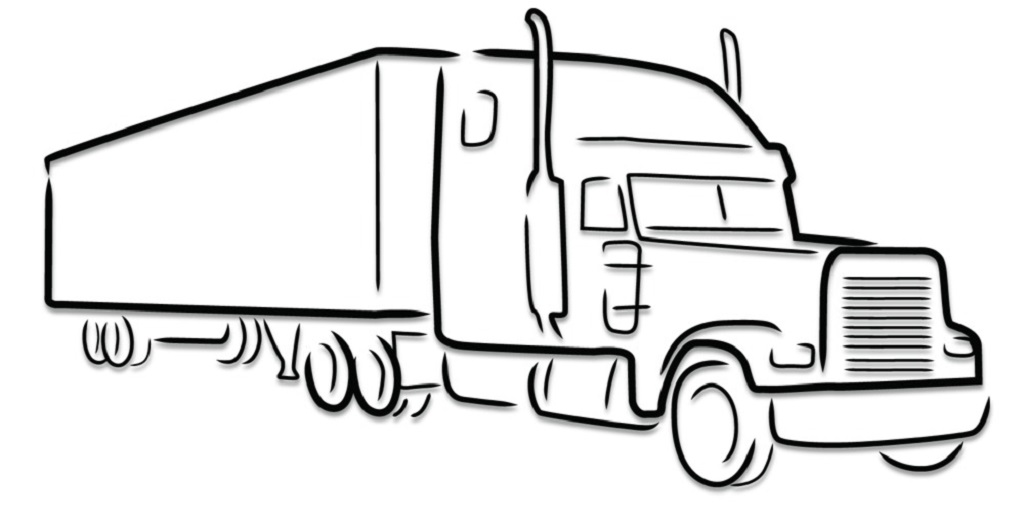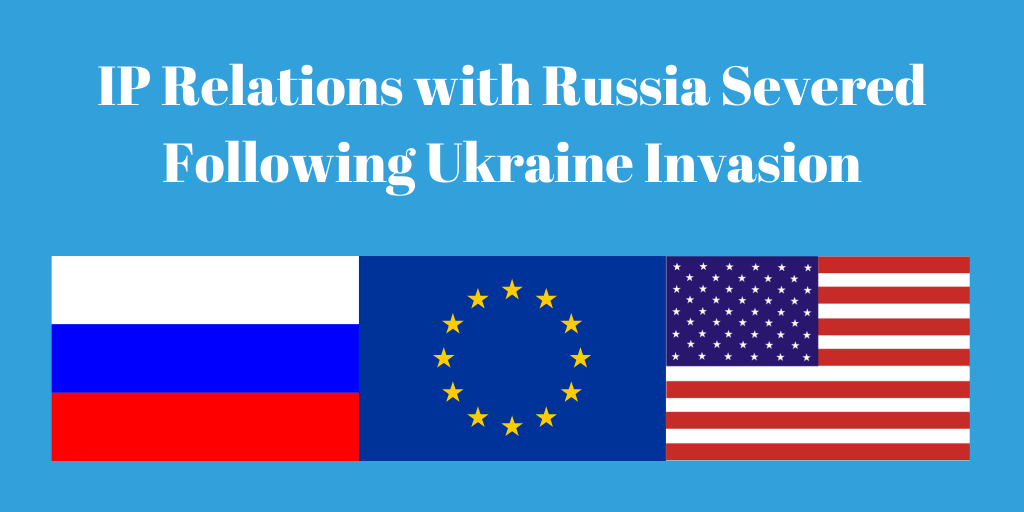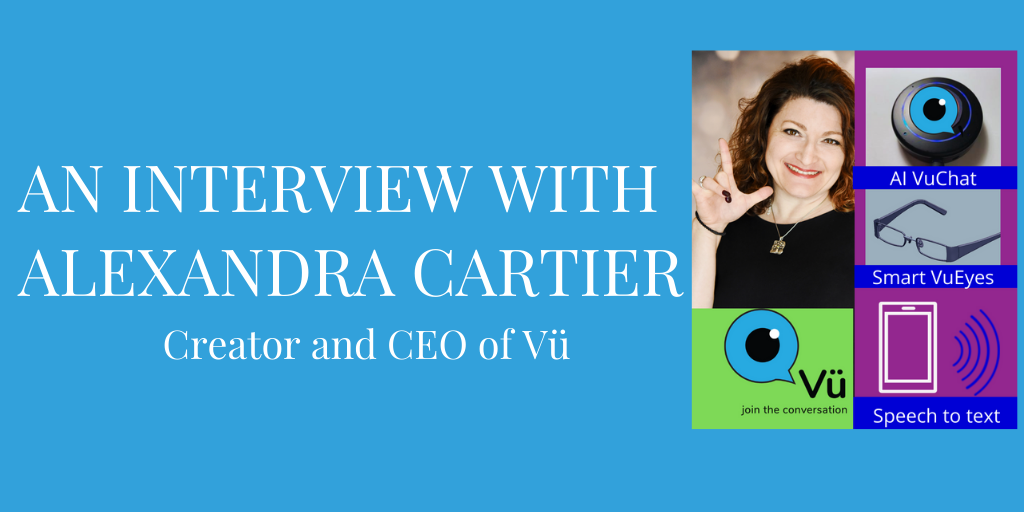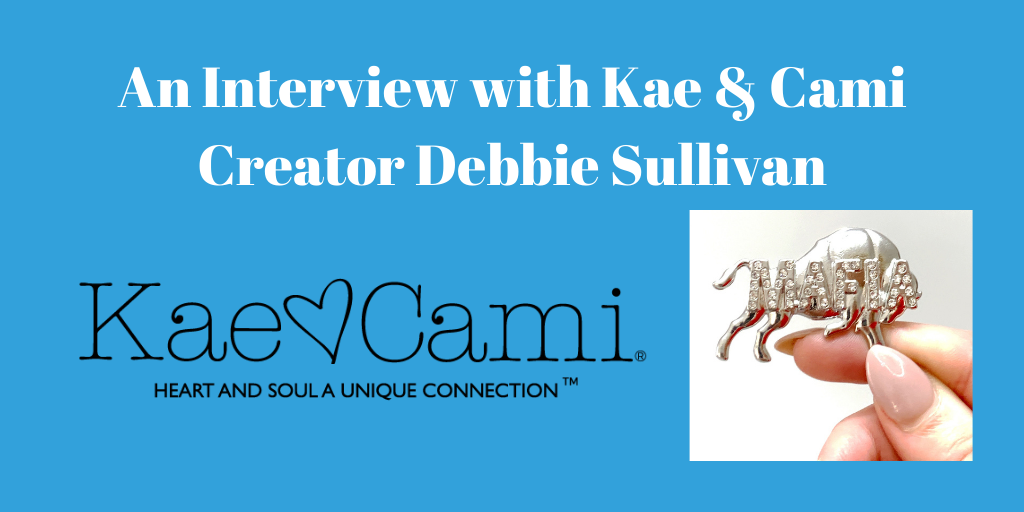Tesla v. Nikola
Tesla, Inc. (“Tesla”) is one of the most famous producers of electric cars. Tesla automobiles are some of the highest quality cars that are available on today’s market. In addition to cars, Tesla also produces electric semi-trucks. These trucks have a sleek high tech design that distinguish them from many of the semi-trucks we often see driving on the roads. However, Tesla is not alone in making semi-trucks with a sleek high tech design. Nikola Corporation (“Nikola”) is a “start-up alternative fuel vehicle manufacturer” that also produces semi-trucks. Moreover, Nikola is suing Tesla for patent infringement.
Who are the parties?
As stated earlier, Nikola is the plaintiff and suing Tesla for patent infringement. Nikola is “a Delaware corporation with its current place of business in Salt Lake City, Utah.” Moreover, “Nikola has filed to do business in Arizona..[and] it has announced that it is moving its headquarters to Arizona.” Tesla, as we already know, is a Delaware corporation with its headquarters in Palo Alto, California.
Nikola’s Patents
In the complaint, Nikola stated that they were issued several design patents. The date and the patent that was issued are stated below:
- On March 6, 2018, Nikola was issued U.S. Pat. D811,944 (the “’D944 patent”or the “Fuselage Patent”) entitled Fuselage.
- On March 6, 2018, Nikola was issued U.S. Pat. D811,968 (the “’D968 patent” or the “Wrap Windshield Patent”) entitled Wrap Windshield
- On April 24, 2018, Nikola was issued U.S. Pat. D816,004 S entitled Side Door(s) (the “’D004 patent” or the “Side Door Patent”).
Nikola has alleged that Tesla has infringed on at least one or more of these issued patents.
Click here to read the entire complaint.
What are some of the options that Tesla has for the lawsuit?
Patent infringement lawsuits can take several different turns depending on what the parties elect to do. Although there are generally several options for a lawsuit, we will be only discussing three in particular in today’s blogpost. The three options are: taking the case to court/litigation, settling the matter, or using inter partes review (“IPR”). These three options are the more common routes that parties usually elect to take. Let’s explore each in a little more detail.
Litigation
Litigation is generally where the matter is brought to court. The case can be decided by a judge or jury. However, litigation is by no means cheap or quick. Further, parties can be expected to spend hundreds of thousands or even millions in a patent infringement lawsuit. Patents are extremely valuable assets to a company. Patents can sometimes be considered a monopoly on entire invention. So, there is a lot at stake when parties are bringing the matter to court and spend a massive amount of resources to maintain their patent rights. The court may invalidate the patent at issue, find that there was infringement, or find the patent is valid but there was no infringement.
Settling the matter
Settling may involve negotiations to determine what each party wants in the matter. This negotiation can take many forms depending on what each party feels will suffice as a satisfactory deal. However, negotiations do not always go as planned and the parties may end up in a deadlock. The deadlock may prevent the parties from settling and they may have to resort to taking the case to court or IPR.
IPR
IPR is a post grant proceeding where the Patent Trial and Appeal Board (“PTAB”) reviews and evaluates a patent’s validity. Just like utility patents, design patents can also be reviewed under IPR. Generally, a person who is not the owner of a patent may file a petition to institute an IPR proceeding. The grounds for initiating an IPR proceeding requires that “the petition supporting the ground would demonstrate that there is a reasonable likelihood that at least one of the claims challenged in the petition is unpatentable.” Generally, IPR proceedings are very expensive, but not as expensive as a lawsuit itself. Moreover, IPR proceedings generally takes less time.
To read more about IPR, click here.
Applying IPR to this case
In this case, Tesla could file a petition to institute an IPR proceeding since they don’t own or have part interest in Nikola’s patents. But Tesla needs to demonstrate that there is a reasonable likelihood that they can show Nikola’s patents are unpatentable or invalid to prevail.
What are your thoughts on the lawsuit between Tesla and Nikola? How about the possible options between the two parties? Leave a comment below to let us know what you think!
Interested in more patents? Here’s a video!
Sign up today!
Does this article interest you? Subscribe to the LoTempio Law email newsletter to receive posts and updates just like this conveniently in your email box!
If you’ve enjoyed this blog post, we have lots more where this came from, including an Inventors Guide Video Series where we help you turn your good idea into a profitable invention, and tons of other great content.
Simply enter your email address and hit sign up and you’ll get everything, including blog posts like these, conveniently in your email box!
Have any questions? Give us a call at 1-800-866-0039. Consultations are FREE.
Disclaimer: This article is not legal advice. It is only for educational or entertainment purposes only. Please do not use the article or contents of the article without permission. For legal advice and questions, please contact registered Patent Attorney Vincent LoTempio.




